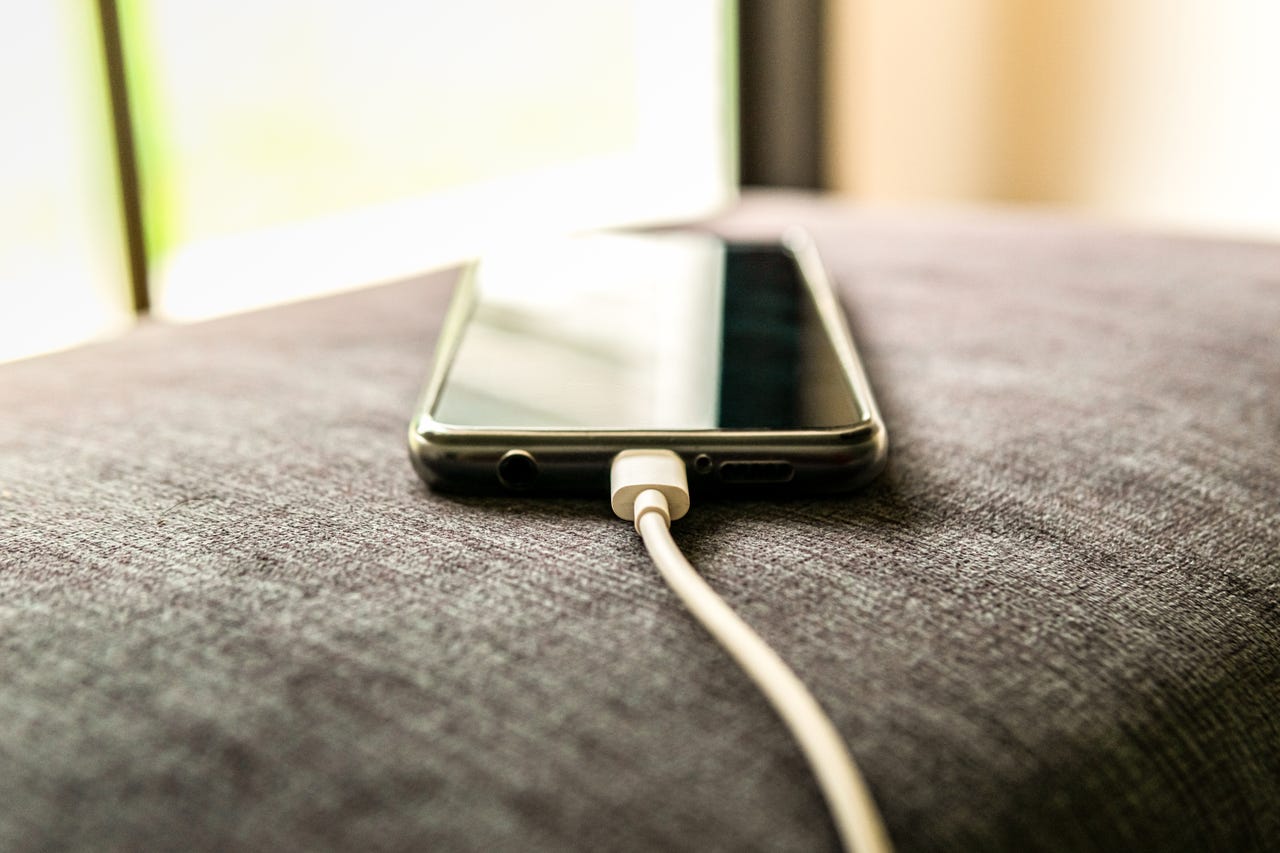'ZDNET Recommends': What exactly does it mean?
ZDNET's recommendations are based on many hours of testing, research, and comparison shopping. We gather data from the best available sources, including vendor and retailer listings as well as other relevant and independent reviews sites. And we pore over customer reviews to find out what matters to real people who already own and use the products and services we’re assessing.
When you click through from our site to a retailer and buy a product or service, we may earn affiliate commissions. This helps support our work, but does not affect what we cover or how, and it does not affect the price you pay. Neither ZDNET nor the author are compensated for these independent reviews. Indeed, we follow strict guidelines that ensure our editorial content is never influenced by advertisers.
ZDNET's editorial team writes on behalf of you, our reader. Our goal is to deliver the most accurate information and the most knowledgeable advice possible in order to help you make smarter buying decisions on tech gear and a wide array of products and services. Our editors thoroughly review and fact-check every article to ensure that our content meets the highest standards. If we have made an error or published misleading information, we will correct or clarify the article. If you see inaccuracies in our content, please report the mistake via this form.
iPhone overheating? Here are 8 potential causes and their solutions


I've heard from several readers who are concerned that the latest iOS release -- iOS 16.5 -- has turned their iPhones into portable pocket warmers.
And it's not just a little bit warm.
Also: Here's every iPhone model that will get Apple's iOS 17
These iPhones become physically hot to the touch and the battery depletes in a few hours with little to no usage.
And it seems pretty widespread, with a lot of chatter about it on social media and on Apple's own support forum.
An overheating iPhone -- or for that matter any device, especially if that device contains a rechargeable battery -- is no joke. Prolonged high temperatures can cause glitches and crashes, damage internal components, drain the battery and permanently shorten the battery lifespan.
Thermal image of an iPhone 14 Pro Max
This is something you need to get on top of.
Also: 5 useful iOS 17 features Apple quietly released at WWDC 2023
Several things can cause your iPhone to overheat. Here they are, along with things that you can do to mitigate these issues:
1. Excessive usage
If you are using your iPhone for heavy processing tasks like playing high-end games, streaming, using graphics-intensive applications, or recording videos for an extended period, this can cause your phone to overheat.
Solution: Slow down on your iPhone usage.
2. Software updates
A lot goes on during and after installing an update, and tasks such as reindexing photos can consume a lot of processing power, which in turn can temporarily cause the device to heat up. Things should return to normal within a few days of installing an update.
Also: How to update every Apple device (iPhone, iPad, Apple Watch, more)
Solution: Wait for the iPhone to finish its background tasks. If problems persist then it's likely a bug in the update and the solution is going to have to come from Apple in the form of another update.
3. Malfunctioning apps
It is not unusual for apps to have bugs or issues that cause them to use more power than necessary. This could result in the phone overheating, even when not directly using the app.
Solution: I've outlined how to look for and disable a malfunctioning app here.
4. Poor signal or heavy data use
If you're in a location with poor signal, your iPhone has to work harder to maintain a connection, which can cause it to overheat. Similarly, continuous data use, like streaming videos, downloading large files, or creating/restoring from backups can also cause overheating.
Solution: Move to a spot with a better signal. Choose lower resolution streaming options -- for example, 1080HD as opposed to 4K -- where possible.
5. Charging issues
Using your iPhone while it's charging, or charging it with a non-Apple charger that doesn't comply with Apple's safety standards, can cause it to overheat. Wireless charging causes more heat to be produced than using a cable.
Also: Best lightning cables to charge your iPhone
Solution: Use a quality charger and cable. Switch to a lower-power charger. Remove the phone case if you use one. Use a wireless charger with built-in cooling or avoid wireless charging.
6. Physical environment
Extreme environmental temperatures, both hot and cold, can cause an iPhone to overheat. Apple advises avoiding the use of the device when temperatures are outside of the range of 0 to 35 degrees Celsius (32 to 95 degrees Fahrenheit).
Leaving your iPhone in a car is particularly problematic because the car's interior can easily exceed this range when left in the hot sun.
Solution: Do your best to keep the iPhone within its operating temperatures of 0 to 35 degrees Celsius (32 to 95 degrees Fahrenheit).
7. Phone cases
iPhones dissipate the heat into their surroundings through the back shell, and putting a case over the iPhone can interfere with this heat dissipation.
Solution: Remove the iPhone from the case.
8. Damaged battery
Over time, batteries can degrade or even become damaged. If your battery is swollen or damaged, it can cause overheating.
Solution: Get the battery serviced by Apple or a qualified third-party repairer.
Bottom line
One of the most rapid ways to cool down an iPhone is to turn it off completely and let it come down to normal temperature naturally. Don't try to "speed up" the process by putting the iPhone into a refrigerator or ice box as this could also damage the battery.